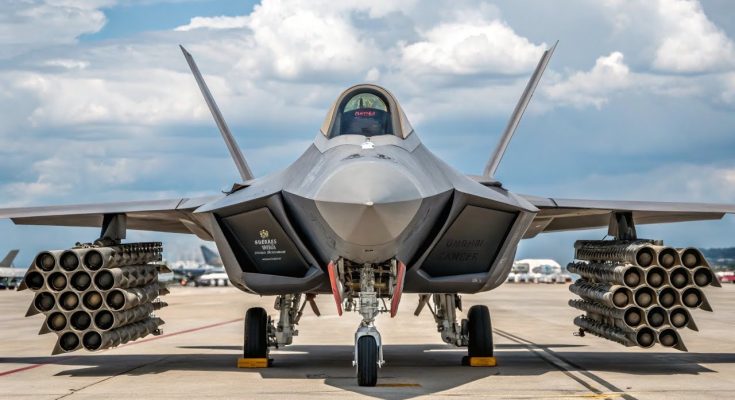Canada Defies Trump: Kills F-35 Deal, Eyes Europe—Annexation Next?
Canada’s decision to reconsider its F-35 purchase and explore European alternatives has sent shockwaves through NATO and the global defense industry. With Donald Trump’s unpredictable foreign policy, rising costs, and concerns over U.S. control of military technology, Canada appears to be distancing itself from American defense programs.
This bold move raises key questions: Is Canada shifting away from U.S. defense influence? Could it join European fighter programs instead? And what does this mean for future U.S.-Canada relations, especially under a Trump presidency?
Why Canada is Rejecting the F-35
Canada originally joined the F-35 Joint Strike Fighter (JSF) program in the 1990s, contributing to its development alongside other NATO allies. However, after years of delays, cost overruns, and political debates, Ottawa is now rethinking its commitment.
🔹 Soaring Costs: The F-35’s per-unit cost exceeds $80 million, with lifetime operating costs surpassing $1.7 trillion—too expensive for Canada’s defense budget.
🔹 Operational Restrictions: Canada, like other U.S. allies, won’t have full control over the jet’s software and maintenance, meaning Washington could limit access to critical upgrades or capabilities.
🔹 Trump’s NATO Skepticism: Trump has threatened to reduce U.S. military commitments to NATO, making Canada question its reliance on U.S. military technology.
🔹 European Fighter Alternatives: Canada is reportedly considering the Swedish Gripen E, the Eurofighter Typhoon, and even the French Rafale, which come with fewer political strings attached than the F-35.
If Canada follows through, it would join countries like Portugal and Germany in rejecting the F-35, signaling a broader shift within NATO.
Is Canada Moving Toward European Defense Alliances?
With the U.S. growing more unpredictable, Canada is exploring closer ties with European defense programs:
✅ Future Combat Air System (FCAS): France, Germany, and Spain are developing a next-generation stealth fighter to compete with the F-35—could Canada join?
✅ Tempest Fighter Program: The UK, Italy, and Japan are building their own 6th-generation fighter jet, which could offer an alternative to American dominance.
✅ Stronger EU-Canada Ties: Canada is already increasing its trade and military cooperation with European nations, signaling a shift in long-term defense strategy.
If Canada partners with Europe instead of the U.S., it would represent a major realignment in Western military alliances.
Could Canada Face U.S. Pressure—or Worse?
Trump has previously bullied allies into military deals, using economic and diplomatic threats to secure F-35 sales. If Canada officially cancels its F-35 order:
❗ Could the U.S. retaliate with trade restrictions or tariffs?
❗ Would Trump push for military base closures in Canada?
❗ Could extreme rhetoric lead to absurd claims—like talk of annexation?
While annexation is highly unrealistic, Trump has made shocking claims before—such as suggesting he could withdraw from NATO or buy Greenland. If tensions escalate, Canada could face serious economic and military consequences for defying Washington.
What’s Next for Canada’s Fighter Jet Program?
With growing distrust toward the U.S. and Trump’s influence over NATO, Canada must decide:
✈ Stick with the F-35 and remain closely tied to U.S. military policy?
✈ Join Europe’s fighter programs and reduce dependence on Washington?
✈ Develop its own independent defense strategy to ensure full sovereignty?
If Canada officially ditches the F-35, it could set a precedent for other nations questioning American dominance in global arms deals.



